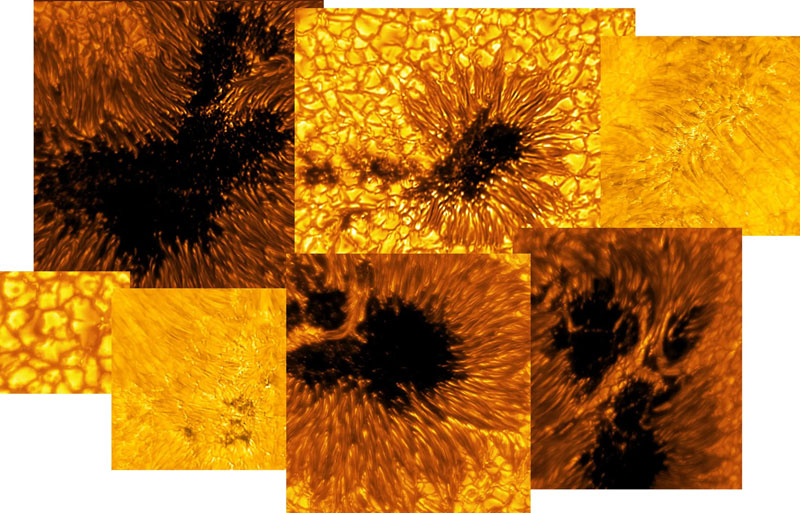The Sun’s corona is 200 times hotter than its surface. This phenomenon contradicts modern models of star formation. Scientists have now solved the 80-year-old mystery. High-frequency magnetic waves traveling through the Sun may explain why the star’s atmosphere is 200 times hotter than its surface.
The temperature of the upper layers of the sun’s atmosphere – the corona – can warm up to a million degrees Celsius or more. However, the photosphere, the visible surface of the star, heats up to 5500 °C. The problem is that regions far from the core need to cool, according to stellar models.
Scientists have long suspected that it all lies in the magnetic phenomenon. Now, observations of small, rapid fluctuations of magnetic structures in the corona by the European Space Agency’s (ESA) solar orbital instruments have helped astronomers figure out what exactly is heating the corona.
The high-resolution EUI Full Sun Imager spacecraft and other instruments observed tiny magnetic waves passing through plasma on October 12, 2022. Astronomers did a meta-analysis of previous observations of the Sun to see if they affect coronal warming.
It turns out that high frequency oscillations do indeed provide heating energy to the corona. To confirm this link, scientists will continue to observe the Sun’s outer atmosphere with the help of probes.
“For the past 80 years, astrophysicists have been trying to unravel the mystery of the solar corona, and there is now more and more evidence that it is heated by magnetic waves,” the scientists write.













